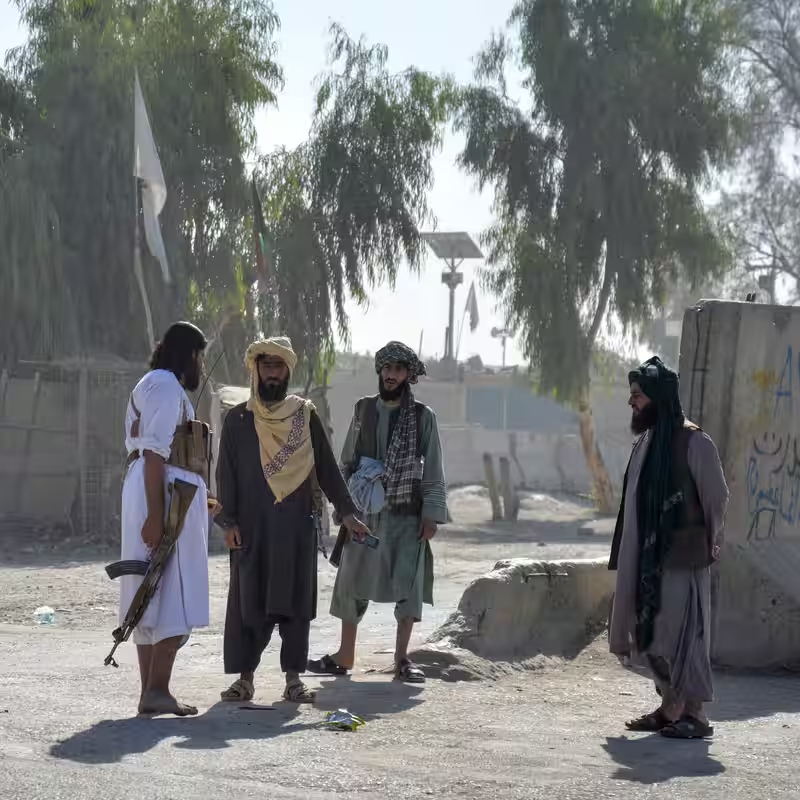Afghanistan-Pakistan border clashes erupted again in the early hours of Wednesday, October 15, 2025, leaving at least 12 people dead and over 100 injured in one of the deadliest confrontations between the two nuclear-armed neighbors since the Taliban’s return to power in Kabul.
The violence flared near the two main border crossings—Torkham and Chaman—just days after a fragile ceasefire brokered by Qatar and Saudi Arabia appeared to calm tensions. But with accusations flying from both sides and no clear path to de-escalation, regional stability hangs by a thread.
Afghanistan-Pakistan Border Clashes: What Happened?
According to Afghan government spokesperson Zabiullah Mujahid, Pakistani forces launched an unprovoked artillery barrage that killed 12 civilians and wounded more than 100. “This was a deliberate attack on innocent lives,” Mujahid stated.
Pakistan’s military swiftly denied the claim, calling it “outrageous and blatant lies.” In an official statement, the Inter-Services Public Relations (ISPR) said its troops had only responded to an earlier assault by Afghan forces. “Our posts came under heavy fire from the Afghan side. We exercised the right to self-defense,” the statement read.
This latest round of Afghanistan-Pakistan border clashes follows a cycle of retaliation that began last week when Kabul accused Islamabad of conducting airstrikes inside Afghan territory—allegations Pakistan has consistently denied.
Tensions at a Breaking Point
Diplomatic relations between Afghanistan and Pakistan have plummeted to their lowest level since the Taliban retook Kabul in August 2021. Trust has eroded over mutual accusations of harboring militant groups: Pakistan blames the Afghan Taliban for sheltering Tehreek-e-Taliban Pakistan (TTP) fighters, while Kabul accuses Islamabad of supporting ISIS-K and other anti-Taliban factions.
The closure of all major border crossings since Sunday has crippled trade and humanitarian movement. Thousands of stranded travelers, medical evacuations, and truckers remain stuck on both sides—a growing humanitarian concern.
Casualty Breakdown: October 15 Border Violence
| Category | Afghan Claim | Pakistani Claim |
|---|---|---|
| Deaths | 12 (civilians & border personnel) | Not specified |
| Injured | 100+ | Dozens (military only) |
| First Strike | Blames Pakistan | Blames Afghanistan |
| Border Crossings Affected | Torkham (Khyber Pass) & Chaman (Balochistan) | |
Regional Mediators Step In—Again
Qatar and Saudi Arabia, which helped negotiate a brief truce over the weekend, are once again urging restraint. Diplomatic sources say emergency calls were placed to both capitals on Wednesday morning.
“The situation is extremely volatile,” said a Gulf diplomat familiar with the talks. “One miscalculation could spiral into a full-blown conflict.”
Meanwhile, the United Nations has called for an immediate cessation of hostilities and unrestricted humanitarian access. “Civilians must not pay the price for geopolitical rivalries,” said a UN spokesperson in Geneva.
What’s Next for Afghanistan-Pakistan Relations?
With no formal peace mechanism in place and deep-seated mistrust on both sides, experts warn that sporadic clashes could become the new normal. The Durand Line—the disputed 2,640-km border drawn by British colonists in 1893—remains unrecognized by the Taliban government, adding a legal and historical dimension to the conflict.
For now, both militaries remain on high alert. Local residents near the frontier report hearing intermittent shelling through the night. Markets are shuttered, schools closed, and fear is palpable.
As one elder in Khyber Pakhtunkhwa told reporters: “We’ve lived through war for decades. But this feels different—like no one is listening anymore.”




